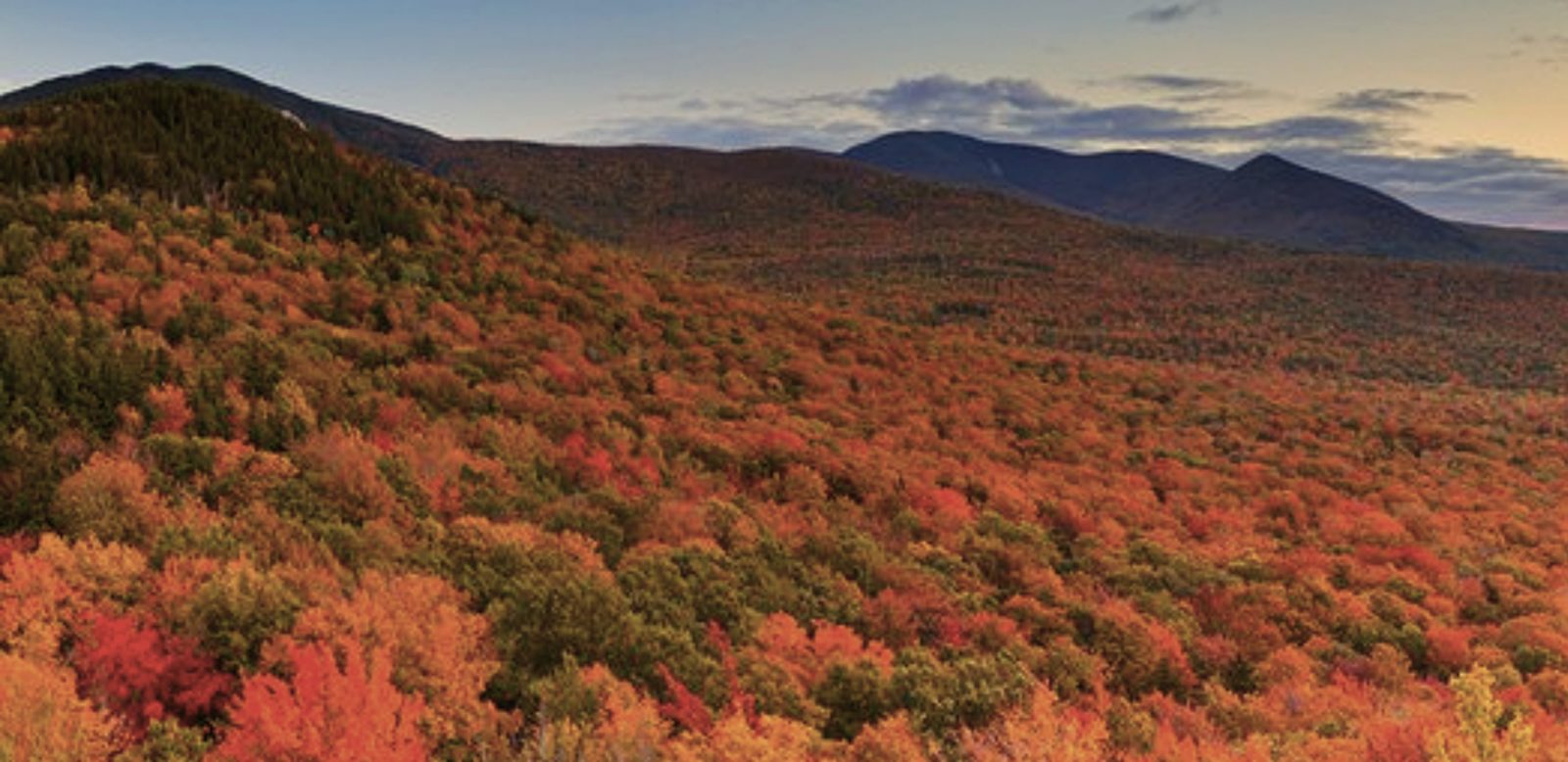
You may be surprised to learn redwoods are only found in a few small pockets of the world. Coast redwoods are found only in a short and narrow strip of the west coast, from California’s Big Sur to southern Oregon. The giant sequoia only grows in California’s Sierra Nevada range, in scattered groves that combined are an area about the size of Cleveland.
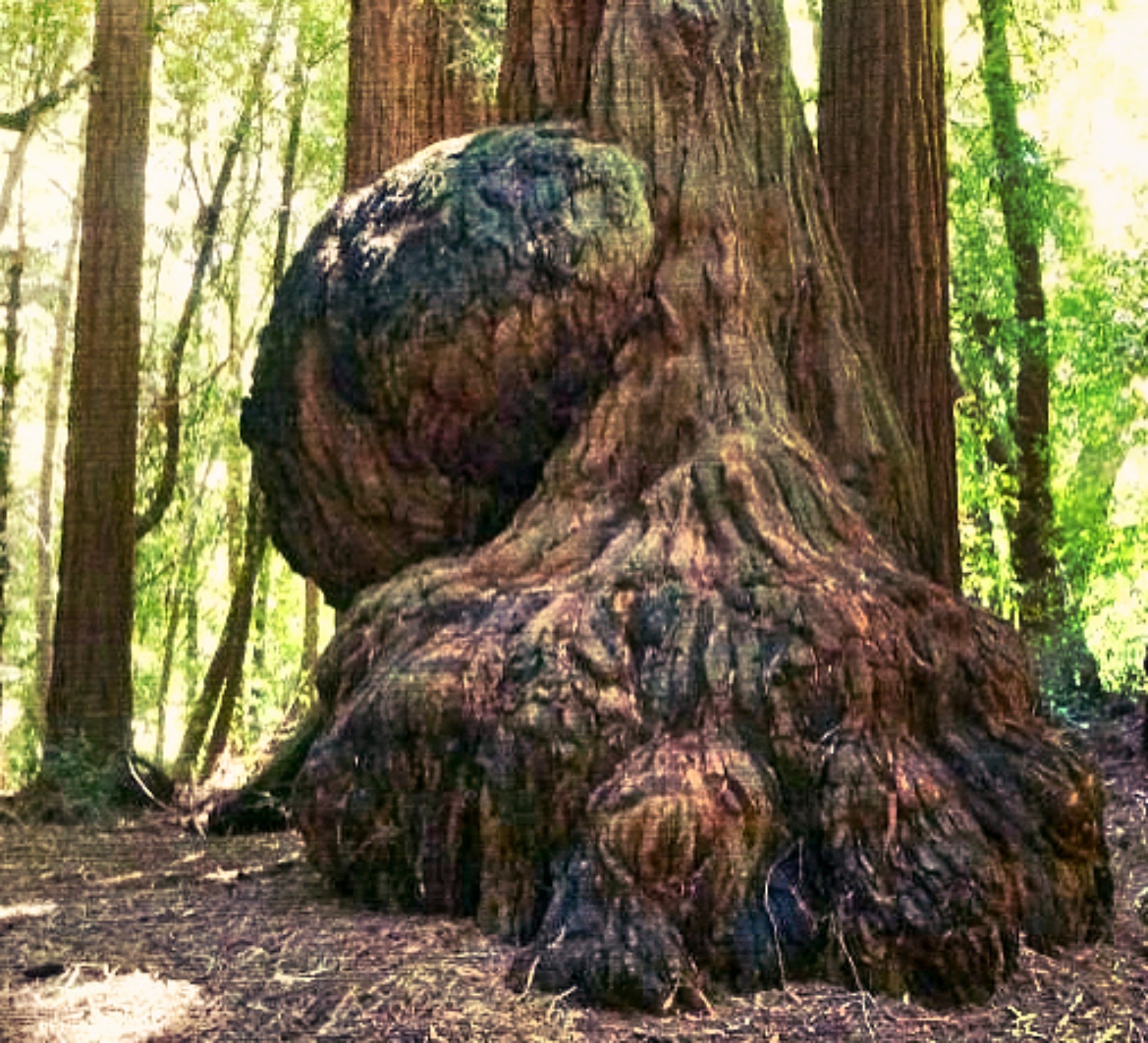
Coastal redwoods are the tallest of the three redwood species. They can grow to well over 300 feet tall but their root systems only reach 6 to 12 feet underground. They remain standing by extending their shallow root system to a diameter of 50 feet or more, and tangling the roots into grooves and crevasses that provide additional strength.
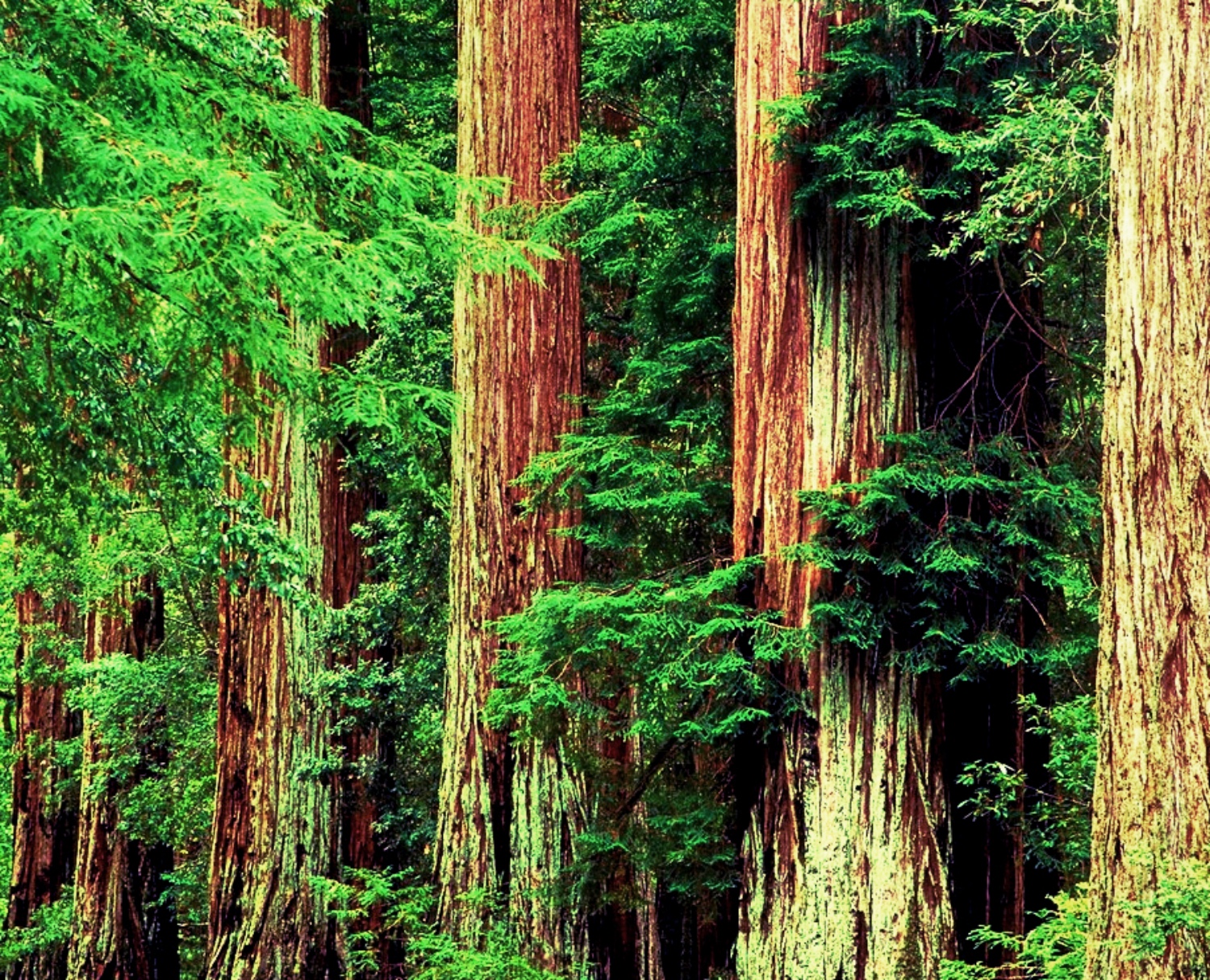
Redwood trees are home to amphibians, beetles, crickets, worms, millipedes, spiders and mollusks. The clouded salamander, a species that breathes entirely through its skin and has a prehensile tail for climbing, thrives in the canopy. Chipmunks, fishers, peregrine falcons, bald eagles, the northern spotted owl, the marbled murrelet and dozens of other species call the canopy home.
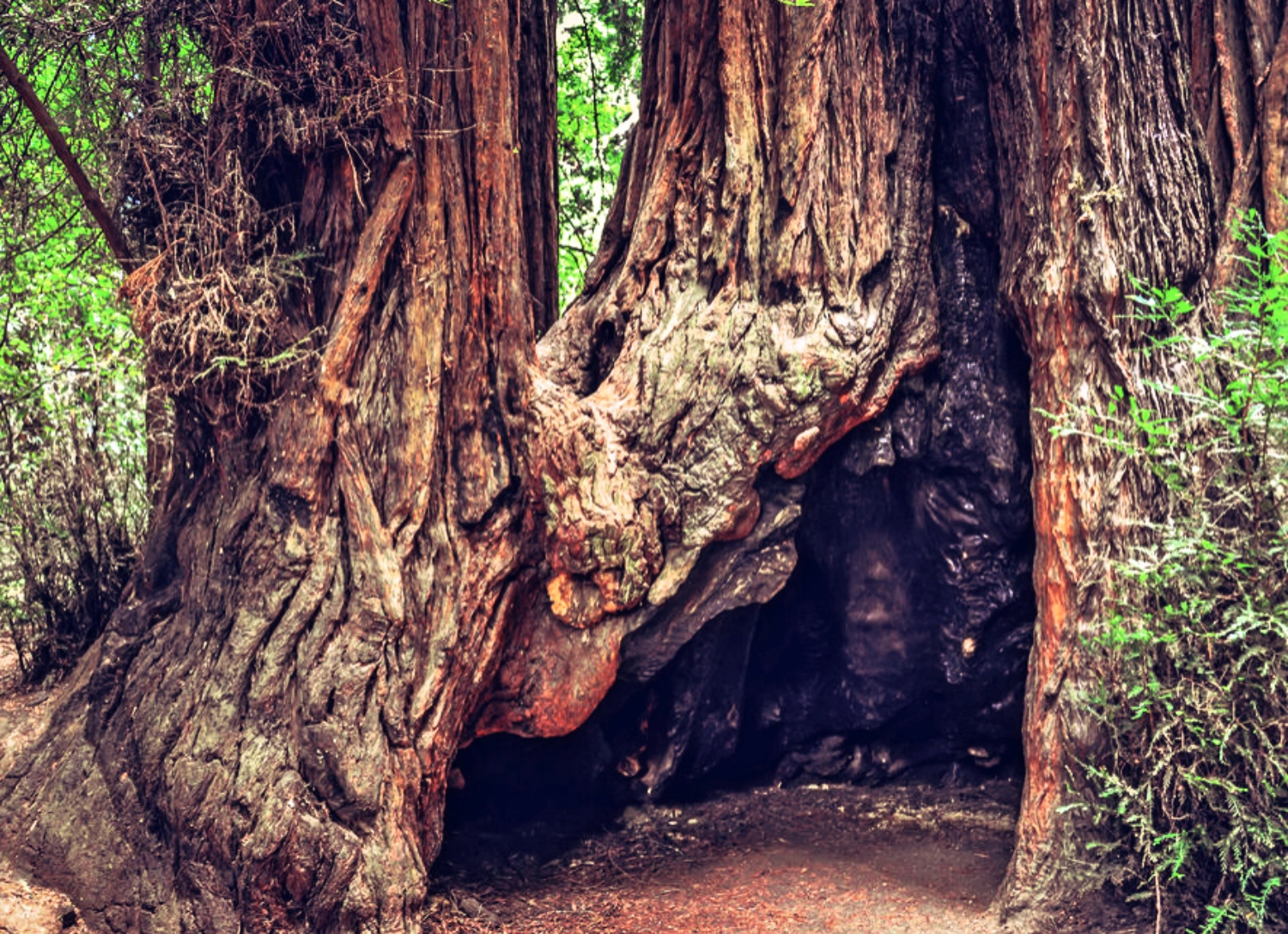
Redwoods that are forced to lean because of shifting slopes, floods, or even other trees falling against them are able to accelerate their growth on their downhill sides, effectively buttressing themselves against further lean. Giant sequoias rely on the Sierra snowpack to get the majority of the water they need. Coast redwoods rely on thick fog for their water.
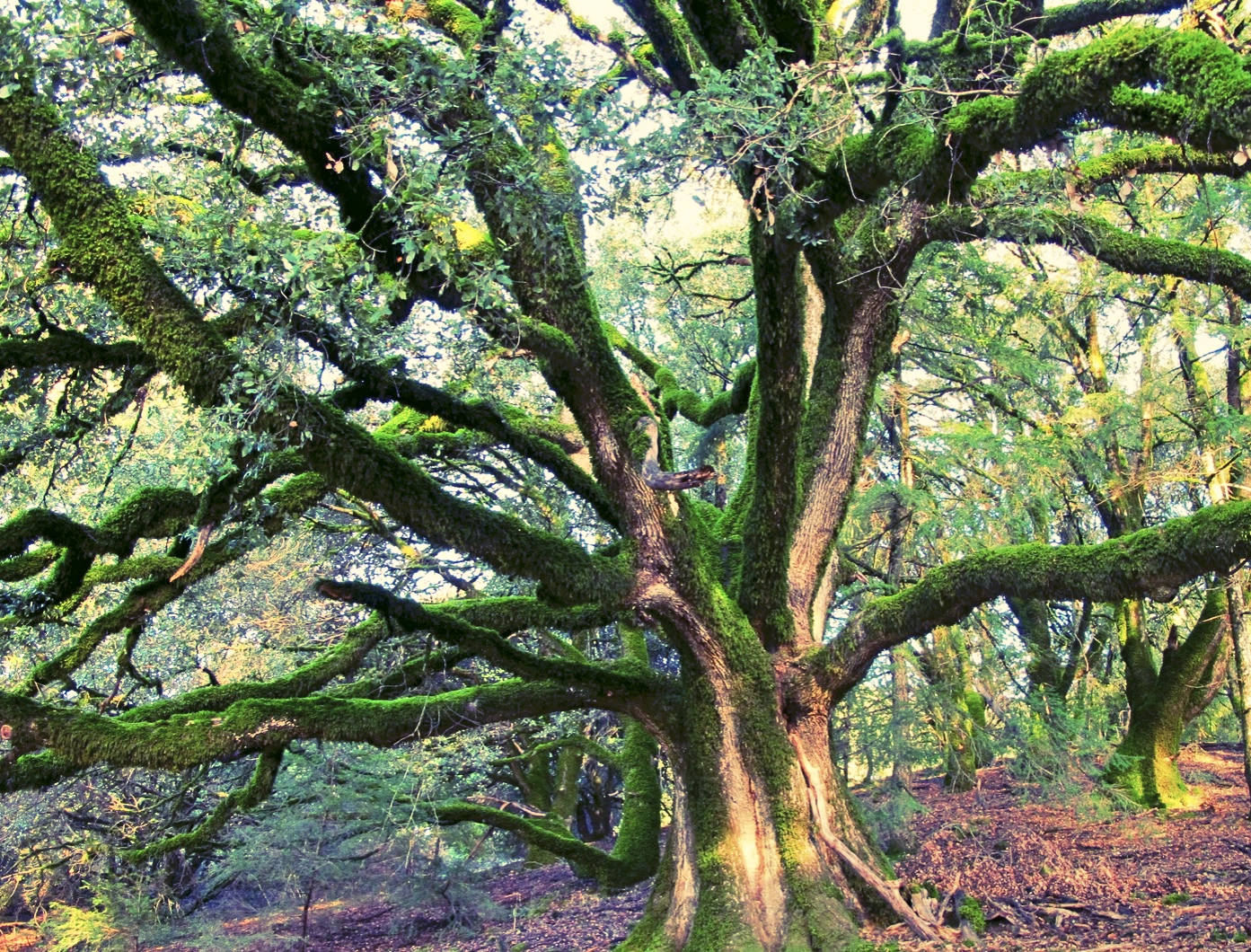
The earliest redwoods showed up on Earth shortly after the dinosaurs. Redwoods have been around for about 240 million years, compared to about 200,000 years for humans and can live for 2,000 years. Redwoods live so long because they are resistant to insects, fire and rot. At one time, San Francisco’s building codes required redwood lumber to be used in the foundations of new structures. A redwood’s bark can be 1 foot thick, and it contains tannin, which protects the tree from fire, insects, fungus and diseases.

Comments
Powered by Facebook Comments
